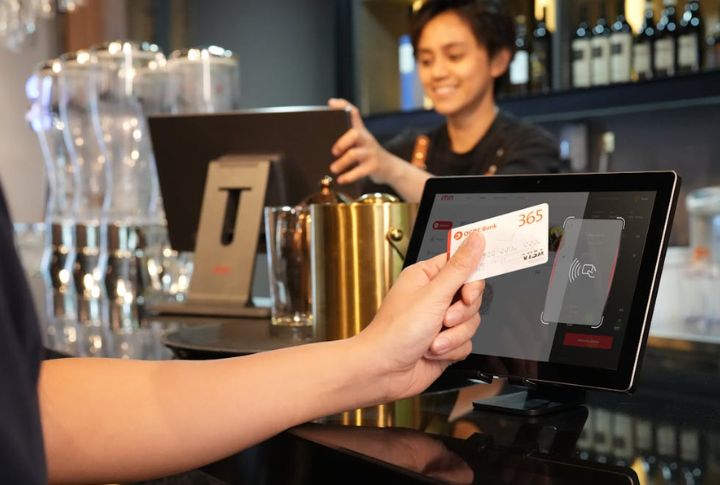
Tipping once meant thanking great service—but now it pops up on touchscreens everywhere, even when service barely exists. If you’ve ever hesitated before tapping “no tip,” you’re not alone. That little screen guilt-trips us all. Truth is, not every moment deserves that extra 20%. Here’s when skipping the tip actually makes perfect sense.
Self-Checkout Kiosks Prompting For Tips
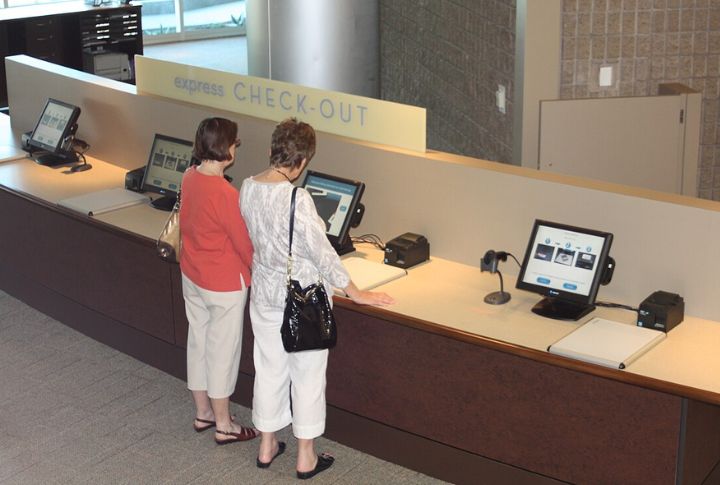
Strange, isn’t it, how a machine asks for gratuity? Self-checkout kiosks at stores and airports now display tipping prompts, sometimes beginning at 18%. With no human assistance involved, this feels more like an upsell than appreciation. According to CBS News, many customers find these nudges confusing and uncomfortable.
Fast Food Counters With Tip Jars
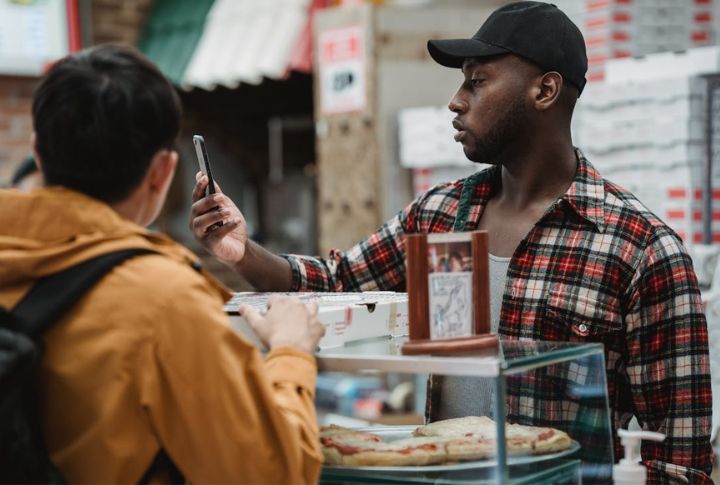
Grabbing a burger and fries used to be straightforward. Now, tip jars at fast-food counters complicate that simplicity. While some feel obliged, a Pew Research study shows only 12% of Americans tip in such settings. It’s a trend many avoid when the service model doesn’t include traditional table-side care.
Takeout Orders From Sit-Down Restaurants
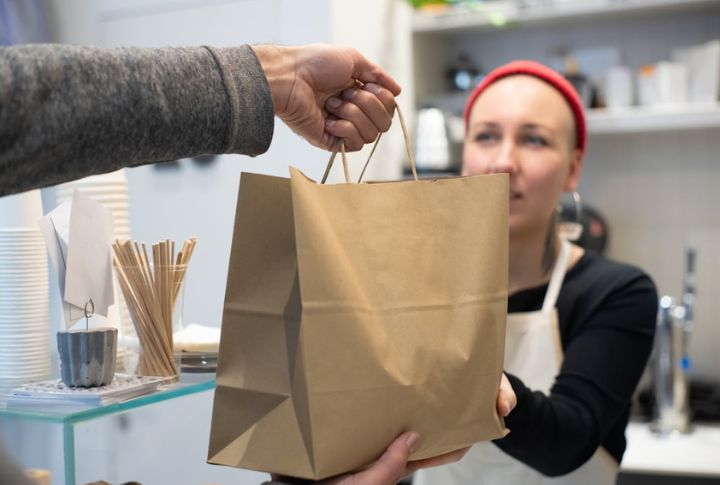
Tipping when you’re simply picking up a bag of food is not ideal. Without table service, the expectation can feel misplaced. Etiquette professionals argue that no-tip pickups are practical, not rude. Real Simple also confirms that tipping for takeout is optional when there’s no added interaction beyond the order handoff.
Buffet Dining Experiences
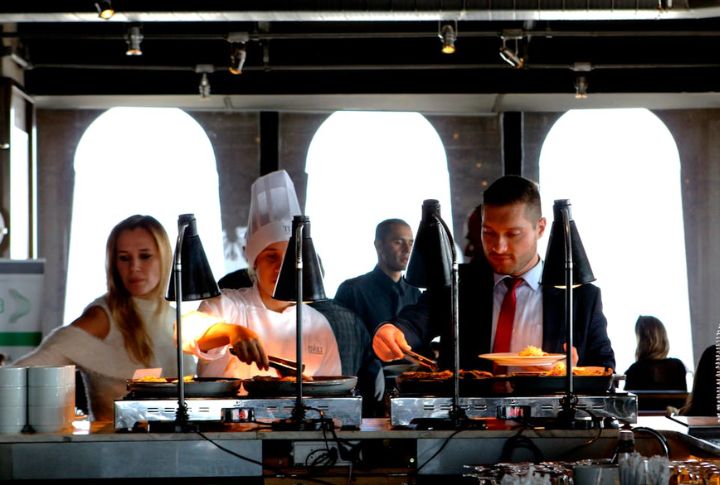
Self-service dining completely changes the tipping dynamic. Buffets require customers to serve themselves, with minimal staff involvement. That’s why a 10% tip is generally seen as acceptable, according to The Takeout. The service scope differs significantly from full-service restaurant standards.
Concierge Services For Basic Requests
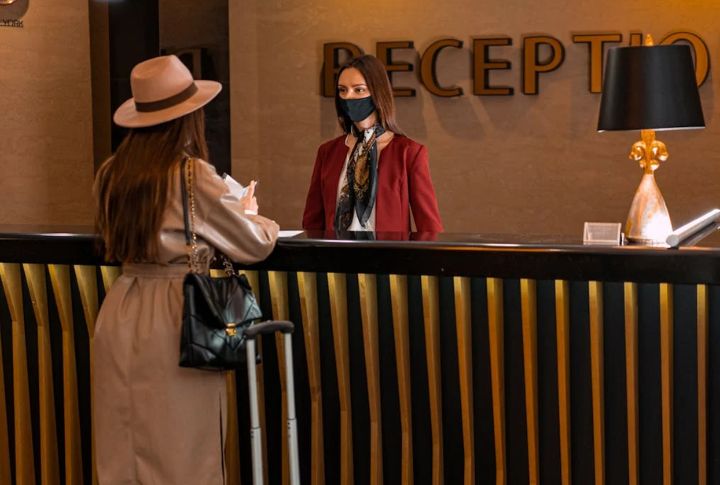
Do you need a dinner reservation or directions? That’s a concierge’s job, and tipping for such basics isn’t required. The American Hotel & Lodging Association recommends $5–$10 for detailed tasks, not quick ones. For simple suggestions or directions, most travelers move on without opening their wallets, and that’s perfectly acceptable.
Baristas Preparing Standard Coffee Orders
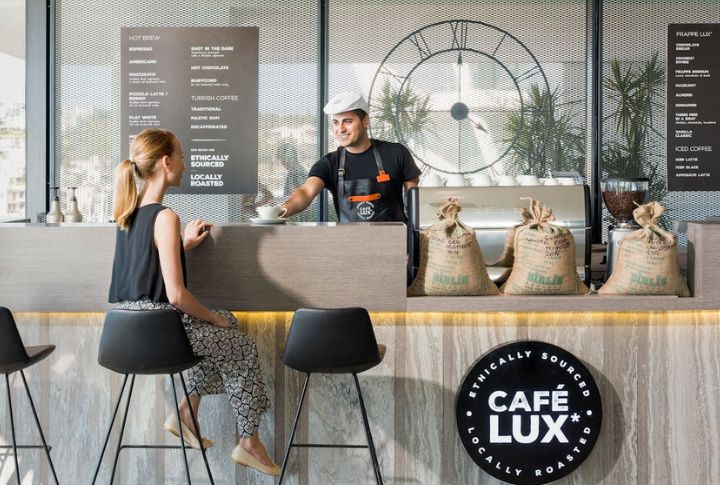
A medium drip and a prompt smile—does that warrant extra cash? Based on Pew data, only 27% of Americans sometimes tip baristas. The debate centers around labor expectations versus routine orders. When no customization or complexity is involved, tipping feels more like a sense of obligation than genuine gratitude.
Food Delivery Services With Pre-Set Tip Options
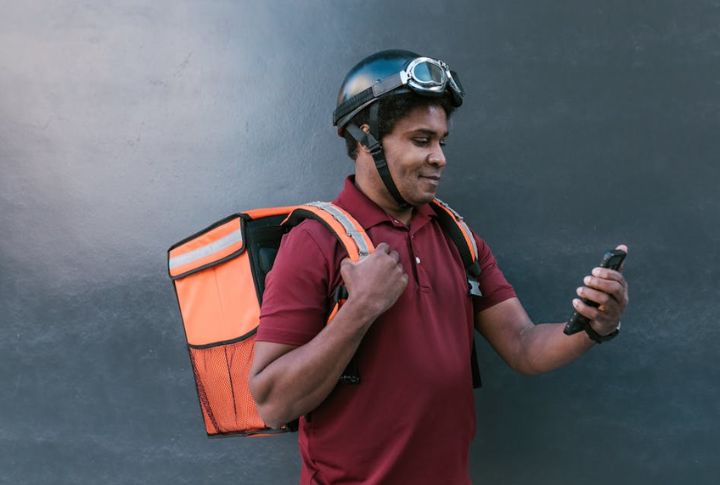
Pre-set tip screens on apps often default to high percentages—20% or more. But should a soggy meal or delayed delivery receive the same treatment as excellent service? Grubhub staff suggest 10–20% based on quality, not pressure. Over-tipping blindly in digital spaces creates confusion and warps expectations.
Ride-Share Services With Automated Tip Suggestions
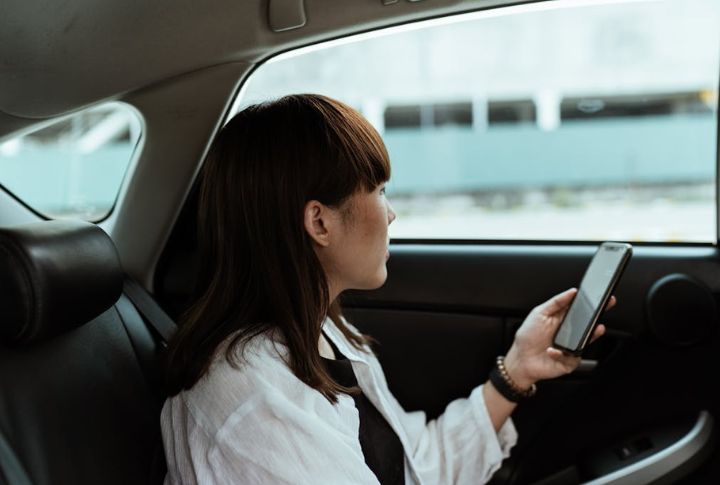
Digital ride receipts now often end with tip requests, but the human element can sometimes feel lost. Gridwise reports that only 28% of Uber and Lyft trips get tips. With routing, pricing, and reviews automated, some riders hesitate to add extra, especially if the experience was merely functional.
Salon Shampoo Assistants
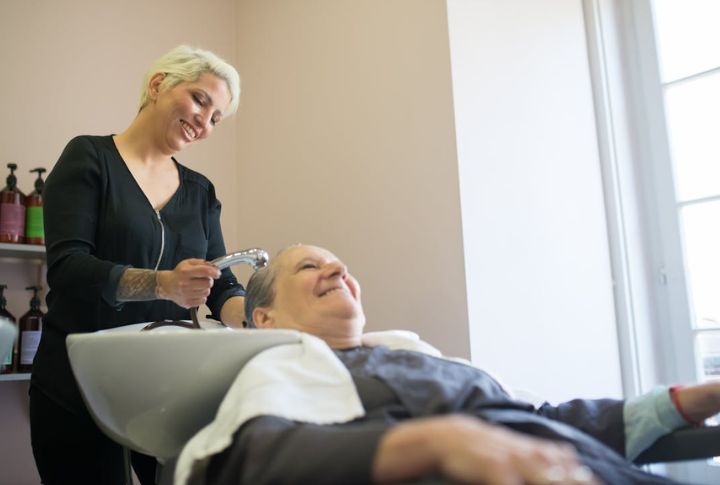
In many salons, stylists get the bulk of the tip, often leaving shampoo assistants in a gray area. Tipping them isn’t standardized, and customs vary widely by region. Unless the salon explicitly encourages it, this gesture of offering gratuity here is discretionary, done more out of kindness than expectation or necessity.
Airport Curbside Check-In
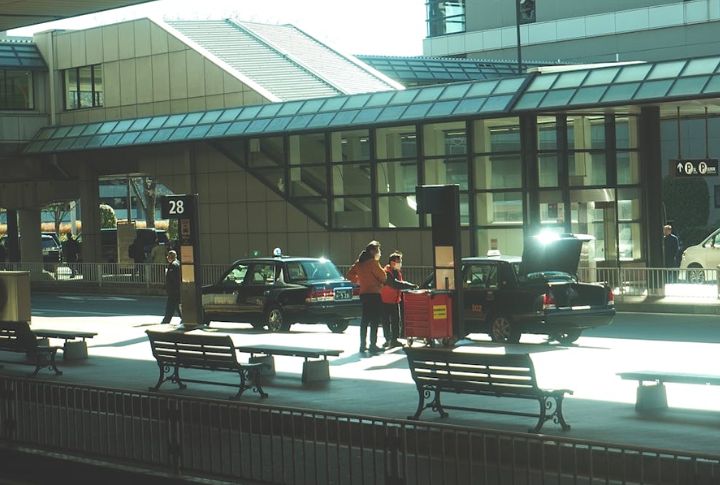
Airline porters at curbside check-in stand beside tip jars or suggest gratuity, even when the airline already charges for baggage handling. Many travelers don’t realize tipping here is optional. Since the service mostly duplicates paid check-in duties, the added expense feels unnecessary.

